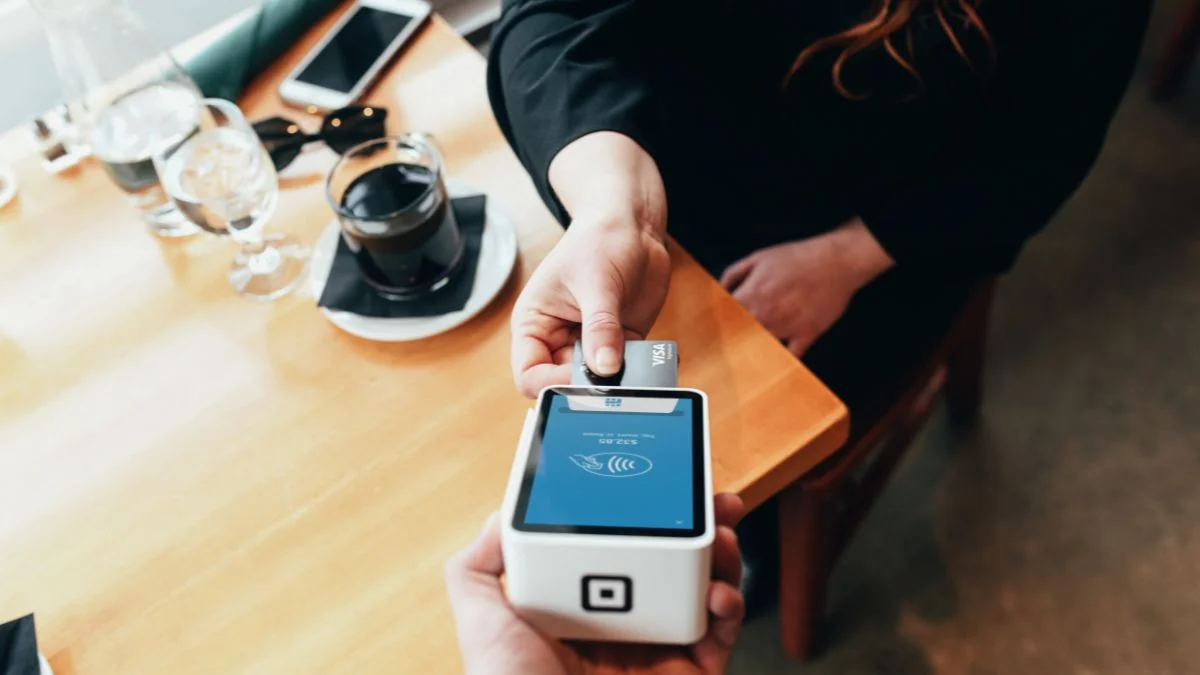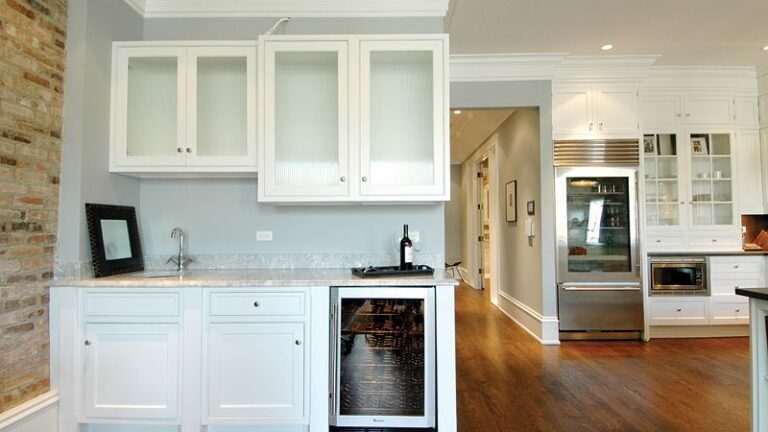Should You Tip Valet Before or After? A Guide to Proper Etiquette

As participants in Amazon Associates and other programs, we earn from qualifying purchases. This comes at no additional cost to you. For more details, see our Affiliate Disclosure.
When it comes to valet parking, many people are unsure about the proper etiquette for tipping. Should you tip the valet before or after they park your car? How much should you tip? These are common questions that can cause confusion and uncertainty.
In this article, we’ll provide a guide to proper etiquette for tipping valets, so you can feel confident and comfortable the next time you use this service.
Valet Tipping: An Overview
Valet tipping is a customary practice that expresses your appreciation for the service provided. In essence, it’s a small, additional payment given to valet parking attendants, typically at hotels, restaurants, and other venues that offer this service. It’s important to understand that these tips often form a significant part of their income, supplementing their hourly wage.
The valet service entails more than just parking your car. It’s about providing a seamless and efficient experience, keeping your vehicle safe, and offering you convenience and peace of mind. The valet attendants are responsible for driving your car carefully, finding a suitable parking spot, keeping the keys secure, and bringing the car back to you when you’re ready to leave. Their job also often involves dealing with varying weather conditions, managing parking logistics, and sometimes even offering local recommendations or directions.
Should You Tip Before or After?
The question of when to tip a valet—before or after—has been a point of contention for many patrons. The answer, however, is that it can depend on the situation and your personal preference. Both approaches have their benefits and will be appreciated by the valet.
Tipping Before
Offering a tip to the valet attendant when you hand over your keys can be a proactive approach. This is often seen as a goodwill gesture, demonstrating your intention to tip from the outset. It can also act as an incentive for the valet to take extra care of your car, ensuring it is parked securely and delivered promptly when you’re ready to leave.
Tipping After
Tipping upon retrieving your car is the more traditional approach. This allows you to base your tip on the quality of service received. If the valet was prompt, professional, and courteous, you might decide to tip more. If the service was lackluster or slow, you might tip less.
The Impact of Your Tipping Timing
Your timing in tipping a valet can have an impact on several aspects of the service you receive. This is because a tip, beyond being a sign of appreciation, can also act as a motivation for the valet to offer you an exceptional service. Let’s delve into the potential impacts of tipping before or after the service.
When You Tip Before
Tipping upfront can set a positive tone right from the beginning. By showing your intention to tip generously, you signal your appreciation for their work and your understanding of its value. This may potentially encourage the valet to take extra care of your vehicle.
Some patrons also believe that an upfront tip might lead to a quicker retrieval of their car when they’re ready to leave. However, remember this isn’t a guaranteed outcome.
When You Tip After
Tipping at the end of the service allows you to assess the quality of service you’ve received. Did the valet handle your car with care, were they respectful and prompt?
These factors can influence your tip amount. It reinforces the concept that a tip is a reward for good service. But on the flip side, it doesn’t provide any immediate incentive for the valet.
Factors Influencing Your Tip Amount
The amount you decide to tip a valet can depend on a number of factors. While it’s often suggested to tip between $2 and $5, certain situations might warrant a higher tip. Here are some of the factors that could influence your tip amount:
- Quality of Service: The level of professionalism, friendliness, and efficiency displayed by the valet attendant can greatly influence your tip. If they go above and beyond their duties, for example by helping with heavy luggage or giving you directions, you might consider tipping more.
- Frequency of Service: If you’re using the valet service regularly at the same location, like a hotel you’re staying at for multiple days, a generous tip can ensure high-quality service throughout your stay.
- Car Retrieval Time: If your car is brought around promptly and smoothly, without unnecessary delays, it demonstrates efficiency and deserves a good tip.
- Event or Venue Type: At more high-end venues or special events, it’s common to tip more generously.
- Weather Conditions: In harsh weather conditions, whether it’s sweltering heat, pouring rain, or freezing cold, a valet’s job becomes significantly harder. Tipping a little extra in these situations can show your appreciation for their work in difficult circumstances.
- Handling Special Requests: If you have specific requests, like parking your car upfront for a quick exit or storing items in your car, it’s customary to tip more.
Tipping is a personal decision based on your satisfaction with the service and your financial ability. The aim is to show appreciation for the service provided, so ensure the tip reflects that.
Regional Differences in Tipping Etiquette
Tipping practices can vary considerably based on geographic location and cultural norms. Here’s a brief overview of how tipping etiquette can differ regionally:
- United States: In the U.S., tipping is customary and often expected in service industries, including valet services. The standard tip for valets is usually between $2 and $5, though this can be higher depending on the factors discussed earlier.
- Canada: Similar to the U.S., tipping is standard practice in Canada. The amount tends to fall within a similar range as well.
- Europe: Tipping customs across Europe can be diverse. In some countries like Germany and France, service charges are typically included in the bill, and tipping is seen more as a bonus for exceptional service. It’s best to do a bit of research on the specific country’s norms before traveling.
- Asia: In many Asian countries, tipping is not a common practice and can even be seen as offensive in certain cultures. However, in a few places where Western tourism is high, tipping has become more accepted.
- Australia and New Zealand: Tipping is not obligatory in these countries, and service charges are often included in the bill. However, tips are appreciated for excellent service.
- South America: Tipping practices can vary greatly across South American countries. In some places, a service charge is included in the bill, while in others, a small tip is expected.
Here’s a simplified overview of tipping etiquette for valet service in some of the most visited countries:
| Country | Tipping Etiquette |
|---|---|
| United States | Tipping is expected. Standard valet tip is between $2 and $5, higher for exceptional service. |
| Spain | Tipping is not customary but appreciated. A couple of euros for valet service is sufficient. |
| France | Service charge is included in the bill. However, a small tip of 1-2 euros for valet service is appreciated. |
| Italy | Tipping is not customary but is becoming more common due to tourism. A small tip is appreciated. |
| United Kingdom | Tipping is not as common, but a tip of £1-£2 is appreciated for valet service. |
| Germany | Service charge is typically included, but a small tip of 1-2 euros is appreciated. |
| China | Tipping is generally not expected and can even be seen as offensive. |
| Mexico | Tipping is customary. 10-15% of the cost of service is standard, adjust based on service quality. |
| Canada | Similar to the U.S., tipping is standard and generally falls between $2 and $5 CAD for valet service. |
| Australia | Tipping is not mandatory, service charges are often included in the bill. However, a small tip is appreciated for excellent service. |
These are general guidelines, and tipping practices can vary greatly even within these regions. It’s always a good idea to research local customs and ask locals for advice when in doubt.
How Much Should You Tip a Valet?
Determining how much to tip a valet can be challenging, given the various factors that can influence your decision. As a general rule of thumb in the United States, a standard tip is usually between $2 and $5. However, if the valet provides exceptional service, if the venue is upscale, or if the weather is particularly challenging, you might consider tipping more.
Here’s a simple guideline for tipping valets in various scenarios:
| Scenario | Suggested Tip Amount |
|---|---|
| Standard service | $2 to $5 |
| Exceptional service (e.g., helped with heavy luggage or provided directions) | $5 to $10 |
| High-end venue or special event | $5 to $10 |
| Challenging weather conditions | $5 to $10 |
| Handling special requests | $5 to $10, or more depending on the request |
| Regular service at the same location | Varying: could start with $5 and then $2 to $5 for subsequent services |
Again, these are only suggestions, and the final decision should be based on your level of satisfaction with the service and your personal financial situation. Tipping should be a way to express appreciation for good service, so it’s important to feel comfortable with the amount you’re giving.
Mistakes to Avoid When Tipping a Valet
Tipping a valet can seem straightforward, but there are certain missteps that can lead to awkward situations or reflect poorly on you. Here are a few common mistakes to avoid when tipping a valet:
- Forgetting to Carry Cash: Most valet services prefer or even only accept tips in cash. If you’re planning to use valet services, ensure you have some small bills on hand for tipping.
- Not Tipping at All: Unless the service was exceptionally poor, it’s generally expected that you tip your valet. Failing to tip can be viewed as disrespectful, given that valets often rely on tips as a significant part of their income.
- Under-tipping: While tipping is a personal decision, consistently tipping below the general guideline of $2 to $5 might be perceived as undervaluing the service.
- Tipping Only Based on Speed: Remember, a valet’s job isn’t just about speed. They are also responsible for the safety of your car and providing a pleasant overall experience. Don’t undervalue these aspects of their service when deciding on the tip.
- Ignoring Poor Service: If you’re dissatisfied with the service, rather than not tipping at all, a better approach could be to tip less and, if appropriate, share your concerns with the management.
- Tipping Too Much for Regular Service: While generosity is usually appreciated, over-tipping for a standard service can create unrealistic expectations for future tips.
Tipping etiquette can be a subtle art. By avoiding these common mistakes, you can ensure you’re expressing your appreciation appropriately and respectfully.






